Species Photo Gallery for Eutettix pictus No Common Name 17 |
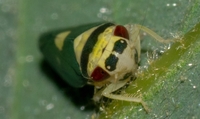 | Photo by: Scott R Bolick
Davie Co.
Comment: | 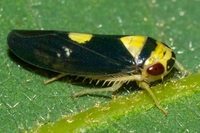 | Photo by: Scott R Bolick
Davie Co.
Comment: |
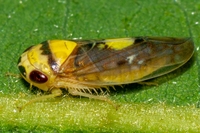 | Photo by: Scott R Bolick
Davie Co.
Comment: |  | Photo by: Scott R Bolick
Davie Co.
Comment: |
 | Photo by: Scott R Bolick
Davie Co.
Comment: |  | Photo by: Scott R Bolick
Davie Co.
Comment: |
 | Photo by: Rob Van Epps
Mecklenburg Co.
Comment: Caught sweeping in grassy area near woods. |  | Photo by: Rob Van Epps
Mecklenburg Co.
Comment: Caught sweeping in grassy area near woods. |
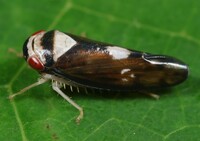 | Photo by: Rob Van Epps
Mecklenburg Co.
Comment: Caught sweeping - on White Oak | 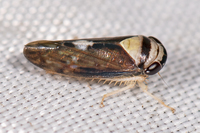 | Photo by: Mark Shields
Onslow Co.
Comment: |
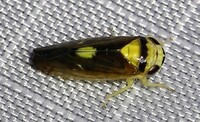 | Photo by: Rob Van Epps
Mecklenburg Co.
Comment: Attracted to UV light. | 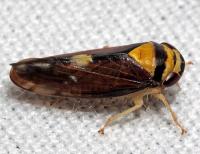 | Photo by: Ken Childs
Out Of State Co.
Comment: |
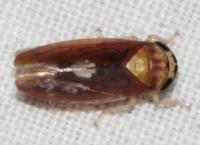 | Photo by: Julie Tuttle
Chatham Co.
Comment: originally posted to iNaturalist |  | Photo by: Julie Tuttle
Chatham Co.
Comment: originally posted to iNaturalist |
 | Photo by: Randy L Emmitt
Orange Co.
Comment: uv light - unid_leafhopper | 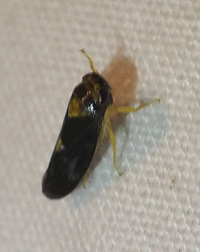 | Photo by: Randy L Emmitt
Orange Co.
Comment: uv light - unid_leafhopper |
 | Photo by: Jane Wyche
Gates Co.
Comment: MEMI |

 »
»
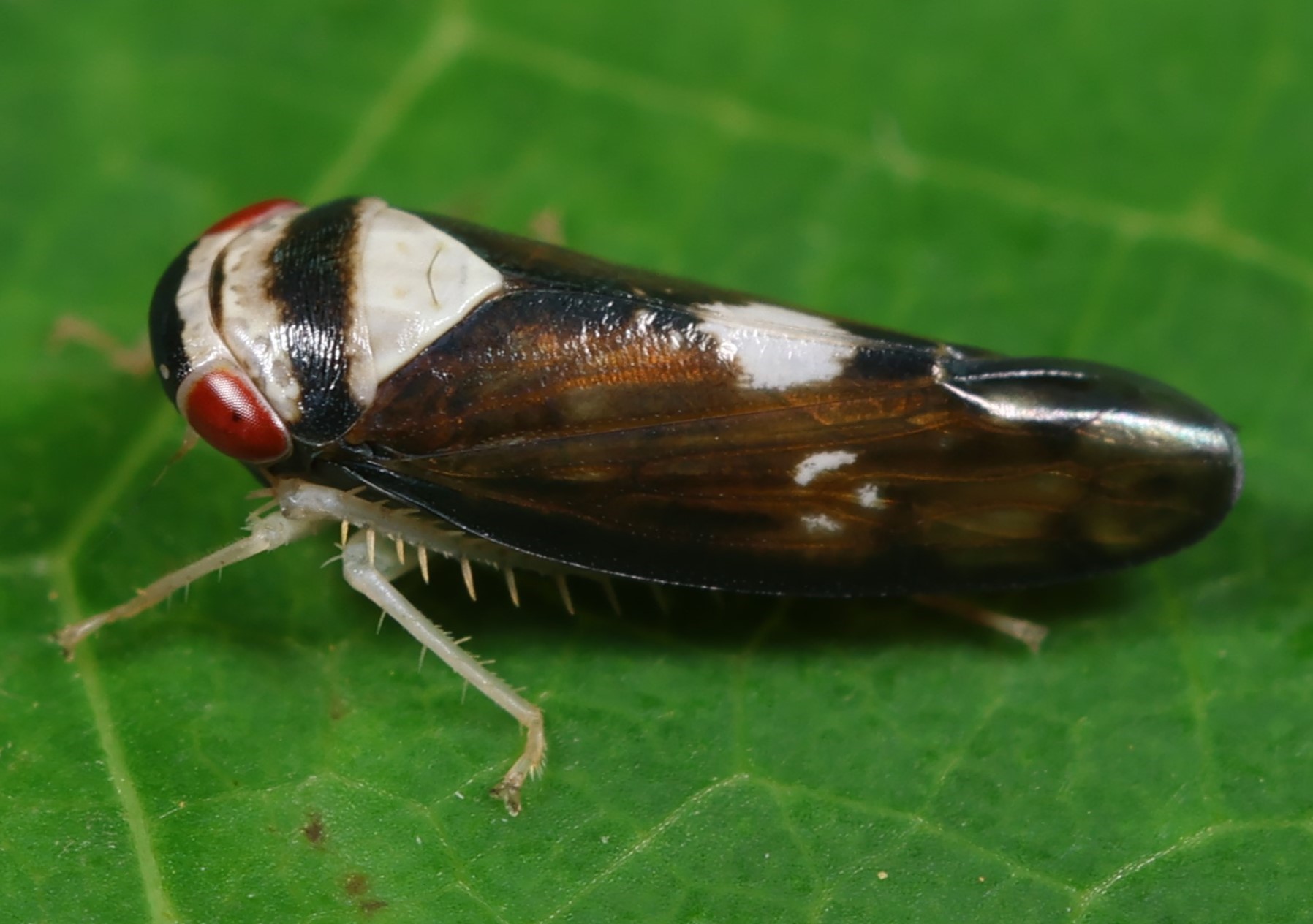

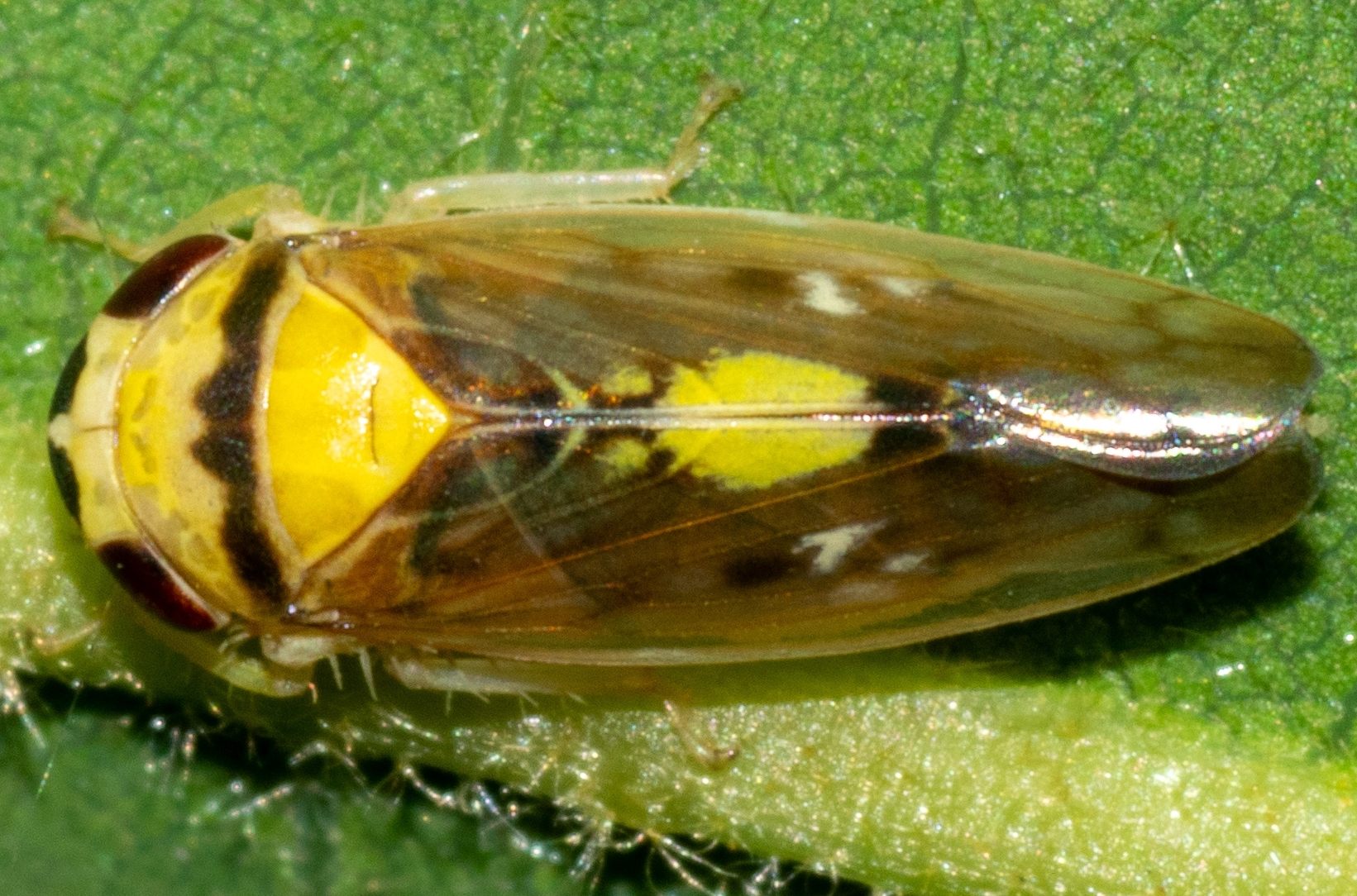

 »
»


